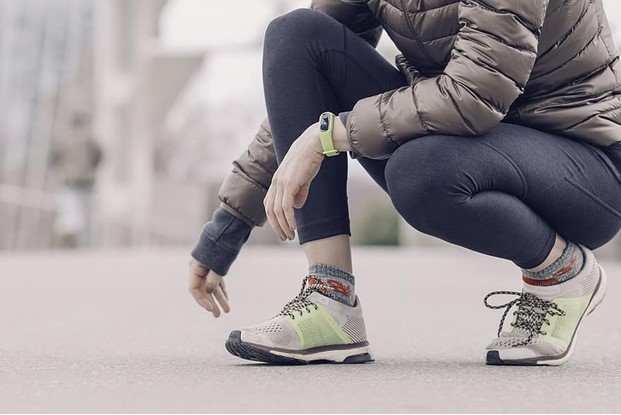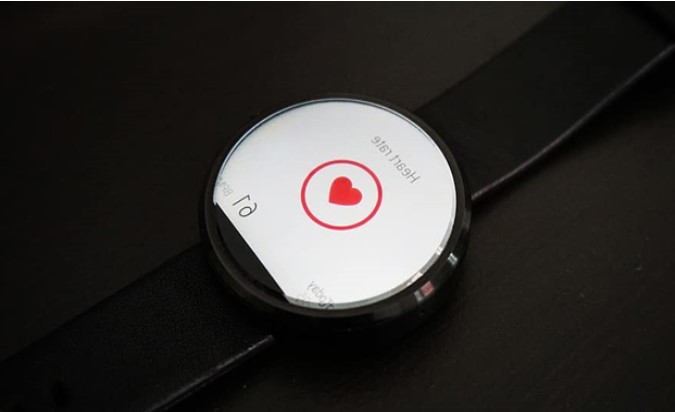As more and more people are becoming conscious about their well-being, wearables have also become popular. Generally speaking, these devices are used by individuals with an active lifestyle. However, they have also proven useful to those who need to monitor their health by gathering data, like blood pressure, heart rate, and whatnot.
Now, one device that has been making a buzz on the wearables market today is the “migraine stopper”. Migraines can hit at any time and can hinder you from performing your daily tasks, which is counter-productive. You cannot spend an entire day lying in bed, right? So, when migraines strike, you require fast relief, which is what a super-portable migraine machine provides.
However, with the plethora of gadgets on the wearables market today promising a healthier lifestyle, you could easily get lost in the digital health gadgets jungle and make the wrong decision. In this article, you’ll know everything about wearables and gather useful information on choosing the right one for your situation.
What Are Wearables?
By definition, a wearable is a device incorporated with electronic technology and sensors that provide snapshots of your day-to-day activity and can sync up with laptops or smartphones using Bluetooth, Wi-Fi, or mobile 4G LTE connectivity. It is also carefully designed to ensure comfort while worn.

So, why should you use gadgets for health and fitness?
These wearables help you achieve various goals, such as losing weight, staying active, tracking your overall physical and mental health, and being more organized with your fitness plans. They have become so popular that one in five people can attest to the positive effect of wearables on their fitness and health status.
These technological advancements have truly allowed users to take control of their health, and this has become a trend that influences the healthcare and insurance industries and pushes companies to create more wearable devices.
Top Wearables for Health and Fitness
Enjoy a good night’s sleep every time with the Garmin Vivosmart 4
Getting enough sleep is critical for brain power, beauty, and optimum well-being. That is what the Garmin Vivosmart 4 offers.
While this wearable is capable as a fitness tracker, it stands out for its sleep-tracking features. The tracker shows how long you were in a rapid eye movement (REM), light, or deep sleep. It also records how restless your sleep was and how often you woke up during the night.
Furthermore, this device has a pulse oximeter for measuring blood oxygen levels throughout the night, which are essential values in identifying sleep disturbances or conditions, such as apnea.
Get rid of headaches quickly on the go with Migracorr’s Migraine Stopper
A migraine attack in the office or out on the field can be inconvenient because you don’t have your trusted supplies like eye masks or ice packs. Well, you can get quick recovery with Migracorr’s migraine relief device, which is small enough to fit in your office drawer, car compartment, or even your pocket, so you always have access to when needed.
This easy-to-use device utilizes negative and positive air pressure to stimulate the trigeminal and vagus cranial nerves in your ear canals to reduce or turn off migraines. It doesn’t require the use of drugs and is a useful addition to your home remedies for migraines list.
The earlier you use the Migraine Stopper, the better. However, it also offers relief when applied at the onset of migraines or afterward. Clinically tested in Sydney, in-house trials show that it is sufficient for 83 percent of the test subjects.
Achieve all-day fitness tracking with Fitbit Charge 4
Physical activity is associated with longer life expectancy.
It doesn’t matter whether you do aerobics, cross-fit, or treadmill—the Fitbit Charge 4 helps you make the most of your workouts.
This device provides you a full suite of fitness tracking features that bring all data to an app. Built-in features include auto-detection of workouts and tracking menstrual cycles for ladies, which is an optional function on the dashboard.
The app also shows your workouts and fitness metrics at a glance, while GPS support means the Charge 4 can physically track workouts and distance covered without connecting to a smartphone. Other features include an auto-stop when you pause your workout, tracking goals, and tips for achieving these goals.
Conclusion
Wearable technology is a fast-advancing sector, so much so that it is now outpacing smartphone development! If you are a newcomer to the world of wearables, the sleep tracker, migraine machine, and the advanced fitness tracker mentioned above are the safest bets to start with towards improving your general well-being.
The health and technology industries are growing at an astronomical rate, but keeping track of the trends can be difficult when you must go through numerous resources—leading to information overload. The health section of the WorthvieW discusses the current and future market landscape of healthcare and technology. Want to learn more?
Related Posts












